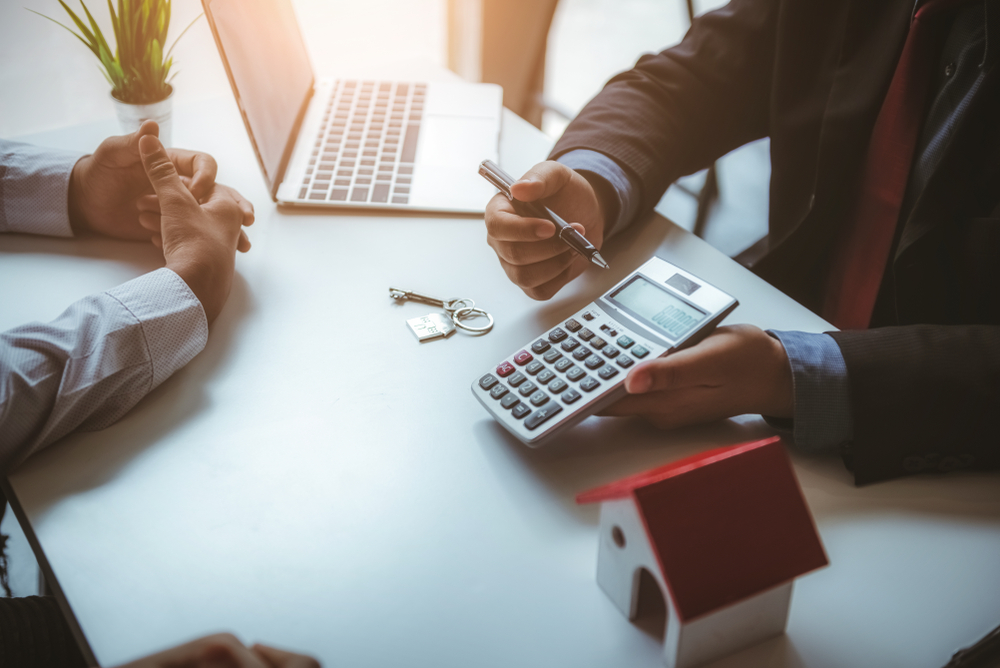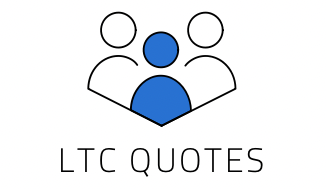An RRSP account is the best option when someone is planning for retirement. This is a good approach that works great. Below are some of the RRSP investing basics you need to know.
There are a lot of benefits you can expect to get when you choose an RRSP account. Your retirement account is going to experience compounded and tax-free growth. Your annual tax bill is also going to go down. You can start to see these and more benefits as soon as you start earning an income and filling your tax with the CRA. RRSP investing is going to help you with your retirement.

What is RRSP investing?
This is a Registered Retirement Savings Plan that lets you contribute to it over your working life. The account is going to be converted into a Registered Retirement Income Fund when you retire so you can withdraw an income.
Before then, you can treat the account like a regular savings account by depositing and leaving the money until you reach your retirement. There is also the option of investing the money in common RRSP investing vehicles, like mutual funds, segregated funds, and more.
What are the benefits you can expect from RRSP Investments?
RRSP is registered and it means that the CRA acknowledges the account – and the efforts you are putting to save for your future. This is why you will be rewarded through tax benefits, which you can start taking advantage of as you open the account. Below are the two major benefits.
Paying less income tax
The amount contributed to the RRSP (up to the allowable limit) is deducted from that year’s taxable income – or a later year if you want to pay less when you have a higher income. What this means is you are going to get a bigger tax refund or a smaller tax bill every year you contribute to the account. You have to pay the tax when you withdraw the money from the RRSP account, but you will pay it at a lower tax rate because you will most likely have a lower income in retirement.
Enjoying tax-deferred growth on your investment
You won’t pay taxes on the money you are investing which is more than lowering your income that you are taxed on in the first place. You are going to avoid paying taxes on the returns in your RRSP account until you decide to withdraw. The account is going to keep growing tax-free, which is going to help you reach your goals faster.
What is RRSP investing? This is a way of saving for the future.
What can you use RRSP Investing for?
Retirement
These are designed to encourage Canadians to save for their retirement. The boomers are retiring from work and government pension plans (OAS and CCP) will see fewer contributions. The government pension benefits that generations after get are not going to be that generous. You need to have a retirement income to supplement the government pension. Your own RRSP savings provide you with a good retirement income.
You can see the strongest benefits of RRSP investing is by using the funds as retirement income. To do this, you must convert RRSP into an RRIF (Registered Retirement Income Fund) or an annuity. You can do this in the calendar year when turning. You have the option of doing it soon if you choose to retire earlier.
Continued education or first home
The only way you can withdraw from RRSP without tax implications is by putting it toward your first home or education. Below is a good explanation of the above benefits:
Home Buyer’s Plan
This RRSP benefit is going to help with the down payment you need to build or buy your first home. You can borrow up to $35,000 from your RRSP and use it for a down payment. This is tax-free. There is a catch if you want to escape tax penalties. You have to repay the borrowed amount to the account in equal increments over 15 years.
Lifelong Learning Plan
Do you want to continue your education? RRSP lets you make a withdrawal for education. With this plan, you can withdraw up to $10,000 a year from your RRSP investing account to pay for your full-time education or training. This can be used for you or your spouse. This is tax-free, but if you want to escape taxes totally, then make sure you have paid back the funds in equal increments over the next 10 years starting the year after making the first withdrawal.
Your other financial goals
You can use the money in your account whenever and on whatever you want provided the RRSP contributions are not locked in. In most cases, withdrawing the money before your retirement means that the money is going to be taxed at current tax rates. This is why many financial experts advise against this. If you want to save money for short-term and medium-term goals, then consider a TFSA.
When is it best to get started?
The earlier you start to contribute, the better for you. Compound interest and upward market trends with time are going to help a lot especially when you start early. If you start RRSP investing at 26, you can expect to see more growth compared to investing the same amount at 36. You don’t need much to get started with it. You can begin by saving as little as $50 monthly with co-operators.
If you feel like you are late, don’t worry because you are never too old to invest in your retirement account. You can contribute to the RRSP investing account till December 31 of the year you turn 71. You can still save for your retirement even if you begin making contributions in your 40s, 50s, and even 60s.
Interested in improving your credit score? Read “Credit Score Success in 10 Simple Steps“.

